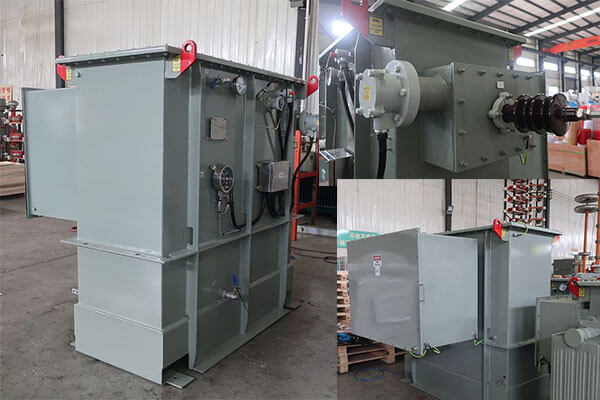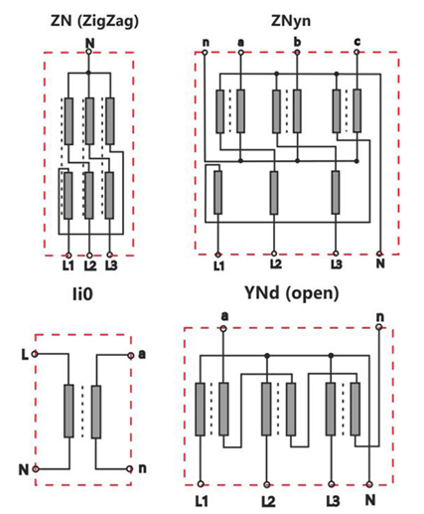Earthing transformers are often used to provide an artificial loadable neutral point for the systems without a neutral point. The neutral point can be directly grounded, or it can be grounded through an electrical reactor, a resistor or an arc suppression coil; the earthing transformer can also be fixed additionally with a continuously running secondary winding (low-voltage winding) as the power supply for the substation.

oil immersed Earthing transformers serve a crucial function in electrical systems by connecting the neutral point to the earth. This connection is pivotal for several reasons:
Electrical Safety
System Stability
Fault Detection
The Advantages of Earthing Transformers
Earthing transformers of advantages that contribute to the overall safety and reliability of electrical power systems:
The earthing transformer creates a neutral point for a network. ZN connection is usually applied. Z connection provides linear and specified zero sequence impedance. YN+d can also be applied.
Earthing transformersTechnical Specification:
| Technical Specifications | |
| Type | dry or oil immersed |
| Voltage | up to 36KV |
| Current | 3000A |
| Duty seconds | 10/30/60 or others |
| Cooling method | ONAN, AF |
| Frequency | 50/60Hz |
| Standard | IEC60076 |
| Installnation | indoor /outdoor |
| Ambient Temperature | -30 +55 ℃ |
Conclusion
oil immersed earthing transformer (neutral coupler) is a three-phase transformer connected to the power system to provide a neutral connection for earthing, either directly or via impedance. The earthing transformers may, in addition, supply a local auxiliary load.